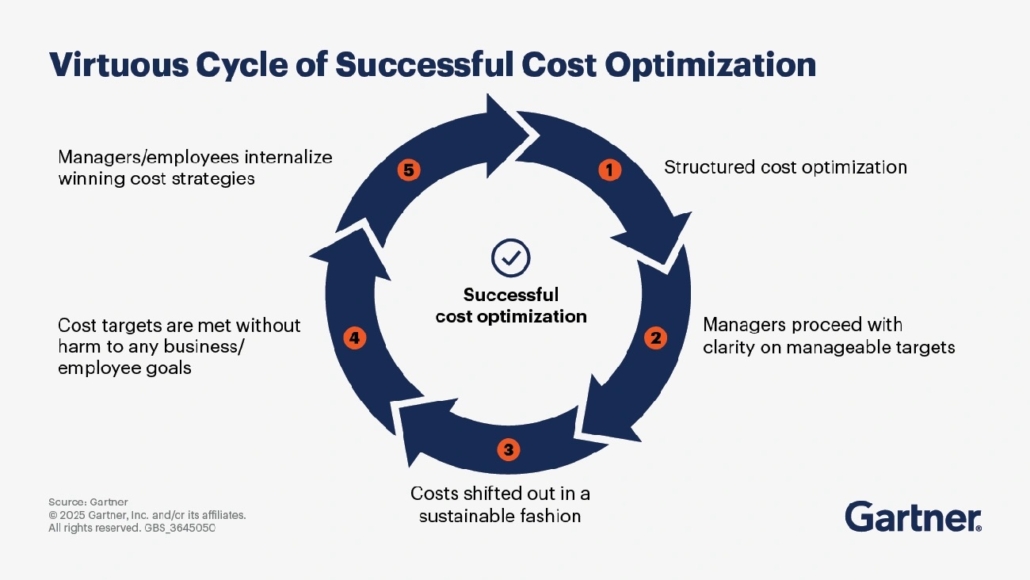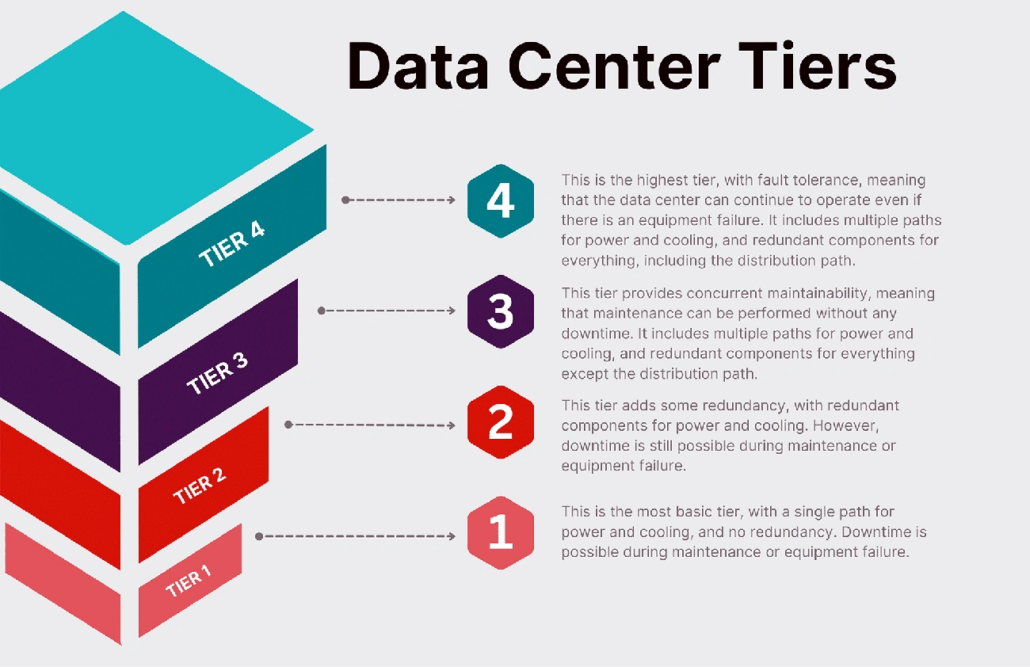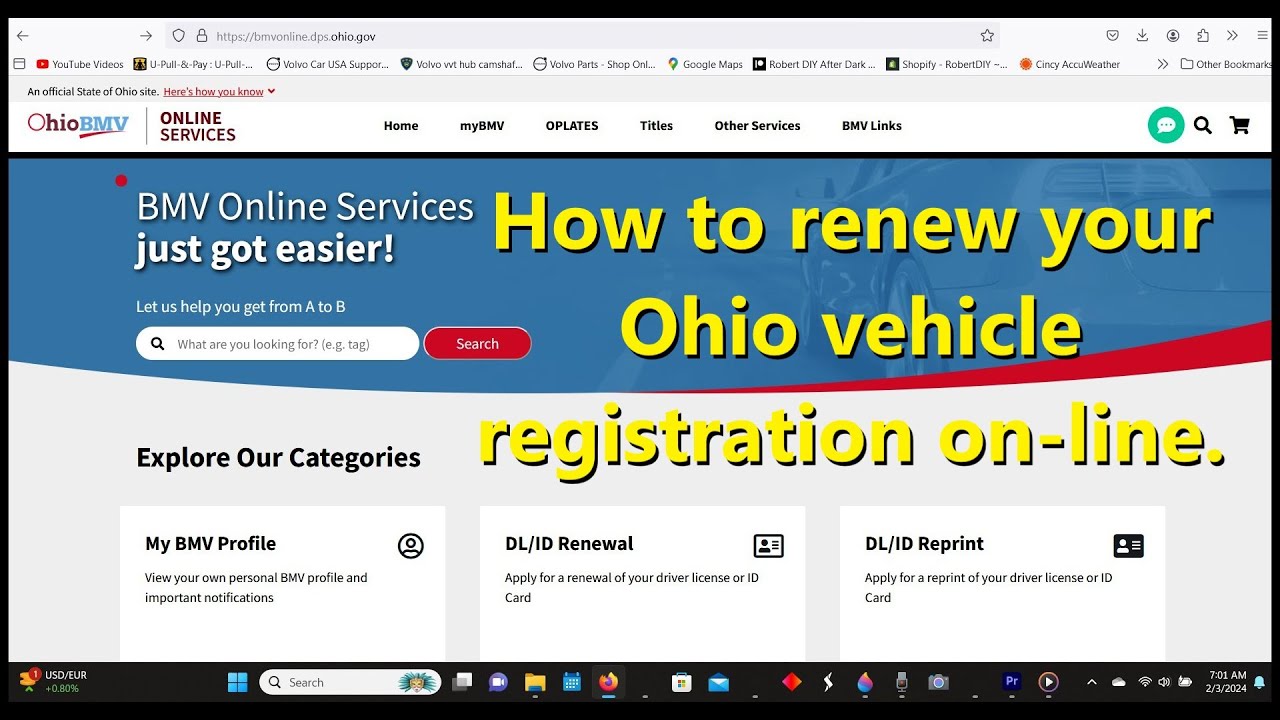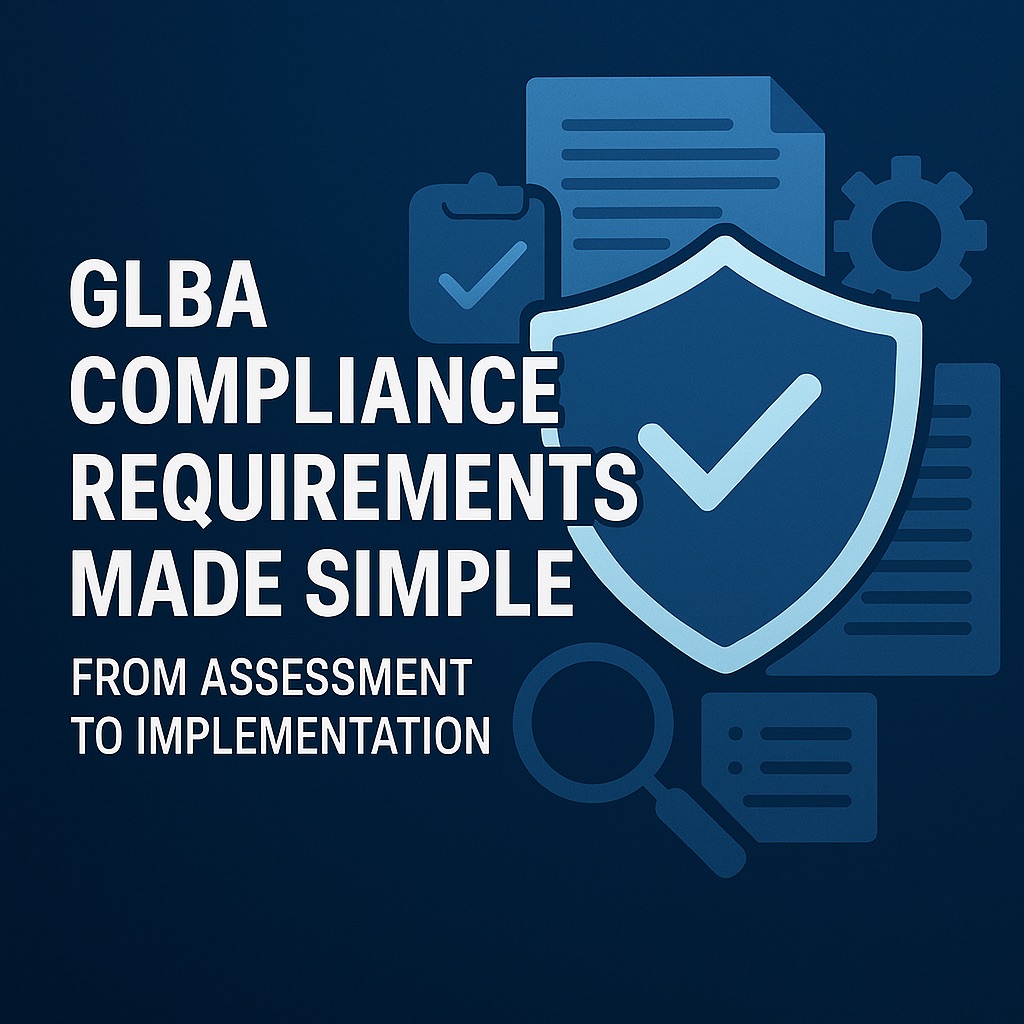How to Choose Small Business IT Support in Ohio: A Money-Saving Guide for 2026
Small Business IT Support in Ohio: Services, Pricing & ROI
What Services Are Included in Small Business IT Support?

Image Source: ITPartners+
Small business IT support gives you essential services that keep your technology running smoothly and securely. A clear picture of what’s available will help you choose the right support level for your Ohio business.
Considering the importance of technology, having reliable Small Business IT Support in Ohio can help your business thrive in a competitive market.
Managed IT services and helpdesk support for Small Business IT Support in Ohio
For Ohio companies, choosing Small Business IT Support in Ohio ensures that you have access to essential tools and resources.
Quality managed services and responsive helpdesk support are the foundations of small business IT support.
Your provider should actively maintain systems to prevent problems, monitor performance, and offer both remote and on-site help.
A good helpdesk team should be available through phone, email, and online chat. This setup helps solve technical issues quickly with minimal disruption.
You should also be able to track the status of your service requests immediately.
Cybersecurity and threat monitoring
The digital world demands strong cybersecurity measures. Recent data shows that 66% of organizations faced ransomware attacks last year. Good cybersecurity services should protect you with firewalls, anti-spam and antivirus tools, device and email encryption, and regular security updates. Your employees need security awareness training to spot threats like phishing, which remains one of the most common ways attackers strike.
Data backup and disaster recovery
Data loss can destroy a business—60% of small companies shut down within six months of a data breach. Strong backup and disaster recovery services should test backups regularly, plan for recovery, and provide both cloud and on-site options. Your provider’s redundant internet and backup services, along with cloud recovery for servers, will keep your business running even in the worst situations.
Compliance and regulatory support
Choosing the right Small Business IT Support in Ohio can be a significant factor in your company’s success.
The choice of Small Business IT Support in Ohio can influence your operational efficiency.
Small businesses face complex regulatory rules. Good compliance services help you follow industry rules like HIPAA for healthcare, GDPR for data protection, or PCI DSS for payment security.
Your provider should create clear policies, check for risks regularly, and set up proper security measures. This helps you avoid heavy penalties that can reach €20 million for GDPR violations.
Many Ohio businesses find that Small Business IT Support in Ohio aids in compliance with industry standards.
With Small Business IT Support in Ohio, you can expect proactive service and quick resolutions to issues.
Cloud services and remote access
Cloud services have changed how small businesses work. Your provider should set up and manage cloud infrastructure, configure Microsoft 365 and Google Workspace, and move data safely.
They should also create secure remote access. Cloud tools let your team work from anywhere while staying secure through features like multi-factor authentication and encrypted connections.
Hardware and software management
Good hardware and software management keeps your technology productive and secure. Your provider should track inventory, manage software licenses, and handle updates.
Survey data reveals that two-thirds of workers say outdated technology significantly reduces their productivity.
Regular equipment checks help avoid surprise expenses while making your technology last longer.
How Much Does Small Business IT Support Cost in Ohio?
Ohio small businesses need to know how IT support pricing works when they plan their technology budgets. Let’s get into the common pricing models and expected costs.
Per user vs. per device pricing
Most IT service providers in Ohio use either per-user or per-device pricing models.
Per-user pricing sets a flat fee for each employee, which usually runs from $100 to $200 per user monthly.
Your budgeting becomes simpler since costs grow with your team size.
Small Business IT Support in Ohio should be tailored to meet your unique operational demands.
Per-device pricing works differently – you pay based on how many pieces of equipment need support. This approach typically costs between $100 to $400 per device monthly. Servers cost more than workstations.
Flat-rate vs. tiered service plans
Flat-rate IT support gives you predictable monthly expenses with detailed coverage. The cost stays the same whatever support you need, which means no surprise bills for emergency help.
Tiered service plans come with different service levels that offer more features as prices increase. Simple tiers might begin at $50 per user monthly, while premium tiers with advanced security can go up to $200 per user.
Hourly and project-based models
Ohio providers might charge between $75 to $350 per hour, depending on the technician’s expertise. This option works best for businesses that don’t need IT help often, but costs can spike during emergencies.
Project-based pricing sets fixed costs for specific tasks like network upgrades or migrations. This helps you budget accurately for one-time projects.
Typical cost ranges for Ohio SMBs for Small Business IT Support in Ohio
Ohio small businesses usually spend between $146 and $249 per user monthly for managed IT services. These prices run slightly lower than national averages in some cases due to regional factors.
Factors that influence pricing for Small Business IT Support in Ohio
Your IT support costs depend on several key elements:
- Your business size and complexity
- Service level agreements and response times
- Industry-specific compliance requirements
- Number of locations
- How old and complex your infrastructure is
- Security measures you need
Companies that offer faster response times or after-hours support usually charge more. Understanding these factors helps you find the right mix of service and cost for your Ohio business.
- Your business size and complexity
- Service level agreements and response times
- Industry-specific compliance requirements
- Number of locations
- How old and complex your infrastructure is
- Security measures you need
Companies that offer faster response times or after-hours support usually charge more. Understanding these factors helps you find the right mix of service and cost for your Ohio business.
How to Choose the Right IT Support Provider
Your choice of IT support partner can make or break your business operations.
Today’s decision will shape how fast you can fix tomorrow’s tech problems.
Define your business needs
Take time to get a clear picture of your IT requirements. Think over which IT functions you need external support for—from daily operations to specialized security needs.
Get a full picture of your current infrastructure, spot the pain points, and figure out if you need specific expertise in areas like compliance or cloud services.
This self-assessment helps you find a provider whose skills line up with what you actually need instead of paying for services you won’t use.
Compare service level agreements (SLAs)
SLAs are the foundations of your relationship with an IT provider and set clear expectations for everyone involved.
A good SLA should spell out:
- Expected service availability (uptime guarantees)
- Response and resolution time commitments
- Escalation procedures for unresolved issues
- What happens if service levels aren’t met
- Expected service availability (uptime guarantees)
- Response and resolution time commitments
- Escalation procedures for unresolved issues
- What happens if service levels aren’t met
It’s worth mentioning that you should look at how providers define their response times.
Some providers might stop the clock when a receptionist picks up the phone, while others count until a qualified technician starts working on your issue. This difference can really change the service quality you get.
Check for local presence and response times
A provider’s location near your business substantially affects their speed in providing on-site support. Response times can range from minutes to hours based on the provider and how urgent the issue is.
Ask for real data about average response times for different priority levels.
CTMS IT is the Top IT Company in Ohio and the Midwest…Contact us for a quick call to learn why and how we may assist!
Evaluate provider experience and reviews
Get the full picture of potential providers by looking at testimonials, case studies, and reviews on platforms like Clutch or Trustpilot.
Ask for references from companies that match your size and industry. Check their technical certifications and strategic collaborations that show their expertise.
Providers who know your industry can better solve your specific problems.
Look for scalable and flexible contracts
Your IT needs will change as your business grows. So, pick a provider offering expandable solutions.
Read contract terms carefully—especially parts about ending the agreement and fees. The right provider should let you adjust service levels without penalties as your needs change.
Ways to Save Money on IT Support in 2026

Image Source: Gartner
Want to reduce your small business IT costs in 2026? You can maximize your IT budget by finding the right provider and putting these smart approaches into action.
Use cloud-based tools and storage
Cloud solutions can save you money by turning big upfront purchases into monthly costs you can predict.
You won’t need to buy expensive hardware that loses value. Instead, you can switch to Infrastructure-as-a-Service subscriptions that grow with your company.
This strategy comes with tax benefits since you can fully deduct operating expenses in the same year, unlike capital purchases that depreciate.
Bundle services under one provider
Your IT services work better when one vendor handles everything. Most mid-sized companies struggle to manage many different platforms that overlap and create hidden costs.
You can get better deals and manage vendors more easily by combining services like security, cloud storage, and help desk support into one package.
Effective Small Business IT Support in Ohio is essential for maintaining competitive advantage in the market.
Avoid hourly billing where possible
Hourly rates make costs hard to predict and don’t motivate providers to work efficiently. Research shows unexpected work costs 7 times more than planned tasks.
The best option is to choose flat-rate service agreements or value-based pricing that give you budget certainty and reward efficient work.
Invest in proactive maintenance
Smart maintenance saves money over time. Industrial manufacturers lose about $50 billion each year from unexpected downtime.
Regular system updates and monitoring are worth the investment because they prevent costly problems.
Use a cost calculator to estimate spend
IT providers’ cost calculators are a great way to get accurate expense estimates based on your business needs. These tools help you budget better and avoid unexpected costs.
Conclusion: Small Business IT Support in Ohio
Picking the right IT support for your small business in Ohio needs a close look at services, costs, and what providers can deliver.
A good grasp of typical support packages helps you spot what your business truly needs – from helpdesk services to cybersecurity.
Smart budgeting comes from knowing different pricing models, which helps avoid surprise costs that could hurt your bottom line.
Price shouldn’t be your only factor when picking providers. Response times, industry experience, and room to grow with your business matter more.
Local presence means faster on-site support when you need it most.
Resilient SLAs protect your interests and set clear expectations right from the start.
Smart cost-saving plans for 2026 show practical ways to get more from your IT spending. Cloud solutions turn big upfront costs into manageable monthly expenses and give you more flexibility.
One provider handling all services can cut down complexity and overall costs.
CTMS IT is the Top IT Company in Ohio and the Midwest…Contact us for a quick call to learn why and how we may assist! We know what Ohio small businesses struggle with and can help put these strategies to work.
The right IT support provider becomes your true business partner. They fix technical issues fast and help you use technology to boost growth and optimize operations.
A well-thought-out choice today builds a strong technical foundation that supports your business goals for years ahead.
Key Takeaways
Ohio small businesses can significantly reduce IT costs while improving service quality by making strategic decisions about their technology support partnerships.
• Define your specific IT needs before shopping to avoid paying for unnecessary services and ensure proper coverage.
• Compare SLA response times carefully – some providers stop timing when calls are answered, not when work begins.
• Bundle services under one provider to negotiate volume discounts and reduce vendor management complexity.
• Choose flat-rate or value-based pricing over hourly billing to avoid unpredictable costs and budget surprises.
• Invest in proactive maintenance and cloud solutions to convert expensive capital expenses into tax-deductible operating costs.
The right IT support provider becomes a strategic partner that not only resolves technical issues quickly but also helps leverage technology for business growth.
By consolidating services, embracing cloud solutions, and focusing on preventive maintenance, Ohio SMBs can achieve both cost savings and improved operational efficiency in 2026.
FAQs
Q1. What services are typically included in small business IT support? Small business IT support usually includes managed IT services, helpdesk support, cybersecurity, data backup and recovery, compliance assistance, cloud services, and hardware/software management. These services aim to keep your technology infrastructure running smoothly and securely.
Q2. How much does IT support cost for small businesses in Ohio? IT support costs for small businesses in Ohio typically range from $146 to $249 per user monthly for managed IT services. Pricing models can vary, including per-user, per-device, flat-rate, or tiered plans. Factors like business size, service level, and industry-specific requirements can influence the final cost.
Q3. What should I look for when choosing an IT support provider? When selecting an IT support provider, consider their service level agreements (SLAs), local presence, response times, industry experience, and contract flexibility.
It’s crucial to define your business needs, evaluate provider reviews, and ensure they can scale with your growing business.
Q4. How can small businesses save money on IT support in 2026? To save money on IT support in 2026, consider using cloud-based tools and storage, bundling services under one provider, avoiding hourly billing where possible, investing in proactive maintenance, and using cost calculators to estimate expenses. These strategies can help maximize your IT budget effectively.
Q5. Why is proactive IT maintenance important for small businesses? Proactive IT maintenance is crucial for small businesses as it significantly reduces long-term costs and prevents unexpected downtime. Regular system updates and monitoring can help avoid costly emergencies and ensure smooth operations, making it a financially prudent investment for businesses of all sizes. Small Business IT Support in Ohio is available with CTMS IT.









